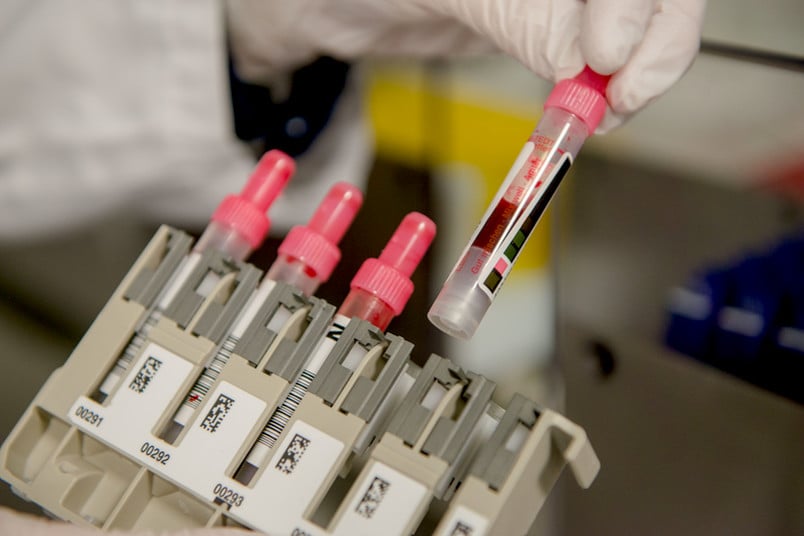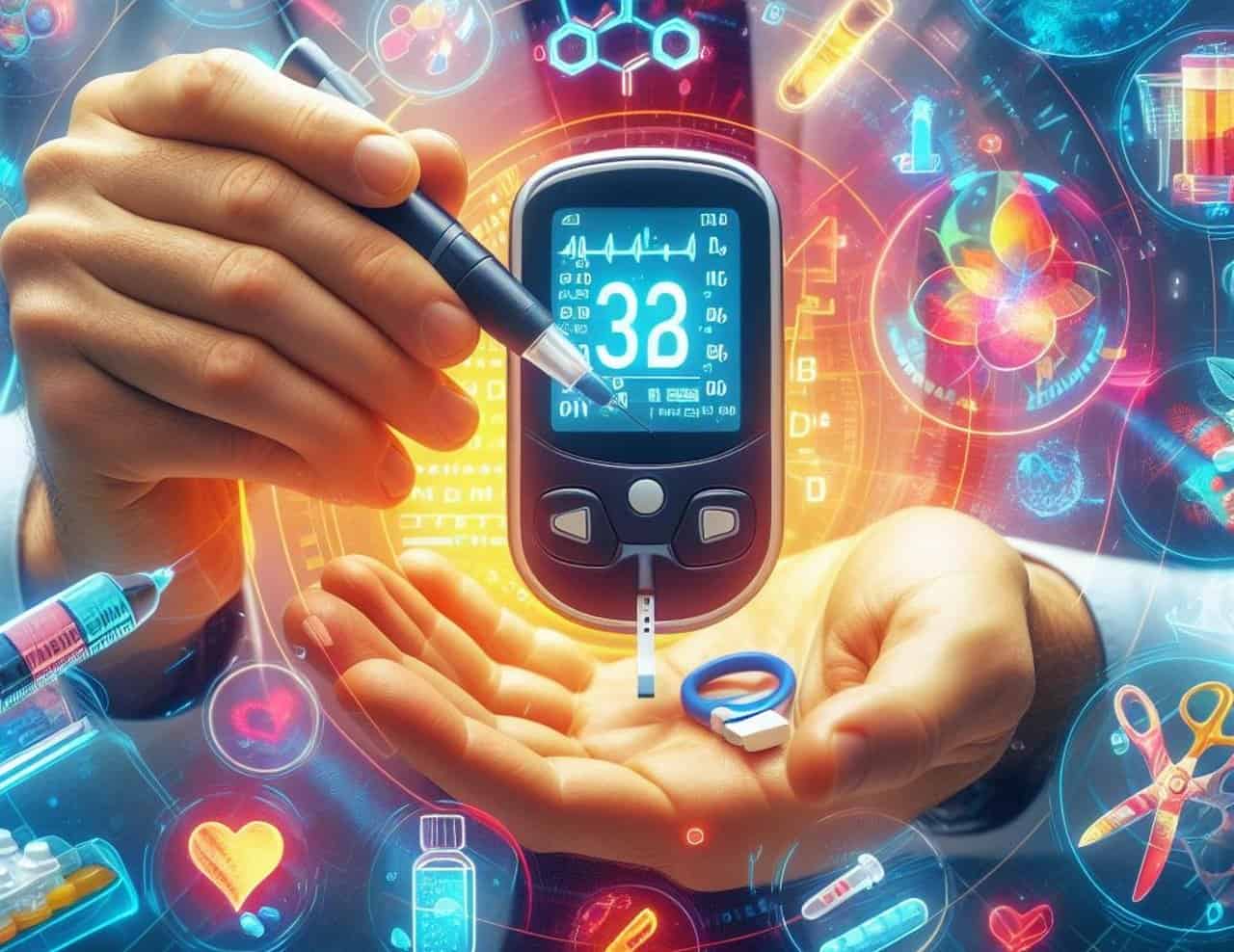
People who have what is known as glucagon resistance have an increased risk of developing type 2 diabetes. However, it can be prevented by controlling their glucagon levels at an early stage. This has been shown in a study by scientists at the University of Copenhagen in Denmark.
According to the Dutch Diabetes Research Foundation, more than 1.2 million Dutch people suffer from diabetes. Of these, nine out of ten people have type 2 diabetes. This type used to be known as ‘old age diabetes’. These days, this disorder occurs in younger people as well. This is mainly due to overeating and unhealthy diets.
Another common disease od affluence is fatty liver. Due to an unhealthy diet and lifestyle, the fat metabolism in the body is disrupted and fat accumulates in the abdominal organs, including the liver. (Source: Maag-lever-darm Stchting, the Dutch Foundation for Stomach, Liver, and Intestinal Health). Liver metabolism also changes, causing more fat to find its way into the liver cells.
Link between diabetes and fatty liver
Danish researchers have now found the answer as to why fatty liver leads to an increased risk of diabetes. This was not known up until now.
“Glucagon resistance is a completely new biological concept,” says Danish scientist Nicolai J. Wewer Albrechtsen. He is an assistant professor at the Novo Nordisk Center for Protein Research and is also employed at the clinical biochemistry department of the Rigshospitalet (Denmarks’ leading hospital in specialized healthcare). The research reveals that people with a fatty liver are less sensitive to glucagon. As a result, glucagon secretion is higher and more glucagon enters the blood. The same can be observed in patients with type 2 diabetes, the vast majority of whom also have elevated fat levels in their livers.
An elevated glucagon level is not beneficial as it increases sugar production in the liver which leads to high blood sugar levels,” Wewer Albrechtsen explains.
Earlier detection and earlier treatment
Treatment can be initiated earlier in cases where it is possible to detect a lower sensitivity to glucagon early on. That way the glucagon mirror can be kept stable. This could halt the development of type 2 diabetes, the researchers believe. The treatment method in these cases mainly involves weight loss. This reduces the amount of fat in the liver. Apart from losing weight, medication can also be used to curb the glucagon hormone.
The Danish researchers claim that the research points to a new biomarker (the glucagon-alanine index) that can be useful in identifying individuals with impaired glucagon sensitivity. “If we can detect glucagon resistance using a blood test, we can start treatment early on, thereby preventing the development of type 2 diabetes,” says Ph.D. student Marie Winther-Sørensen, who also took part in the research.
The study ‘Glucagon acutely regulates hepatic amino acid catabolism and the effect may be disturbed by steatosis‘ was published in the journal ‘Molecular Metabolism’.
Also of interest: Digital assistant for people with diabetes








